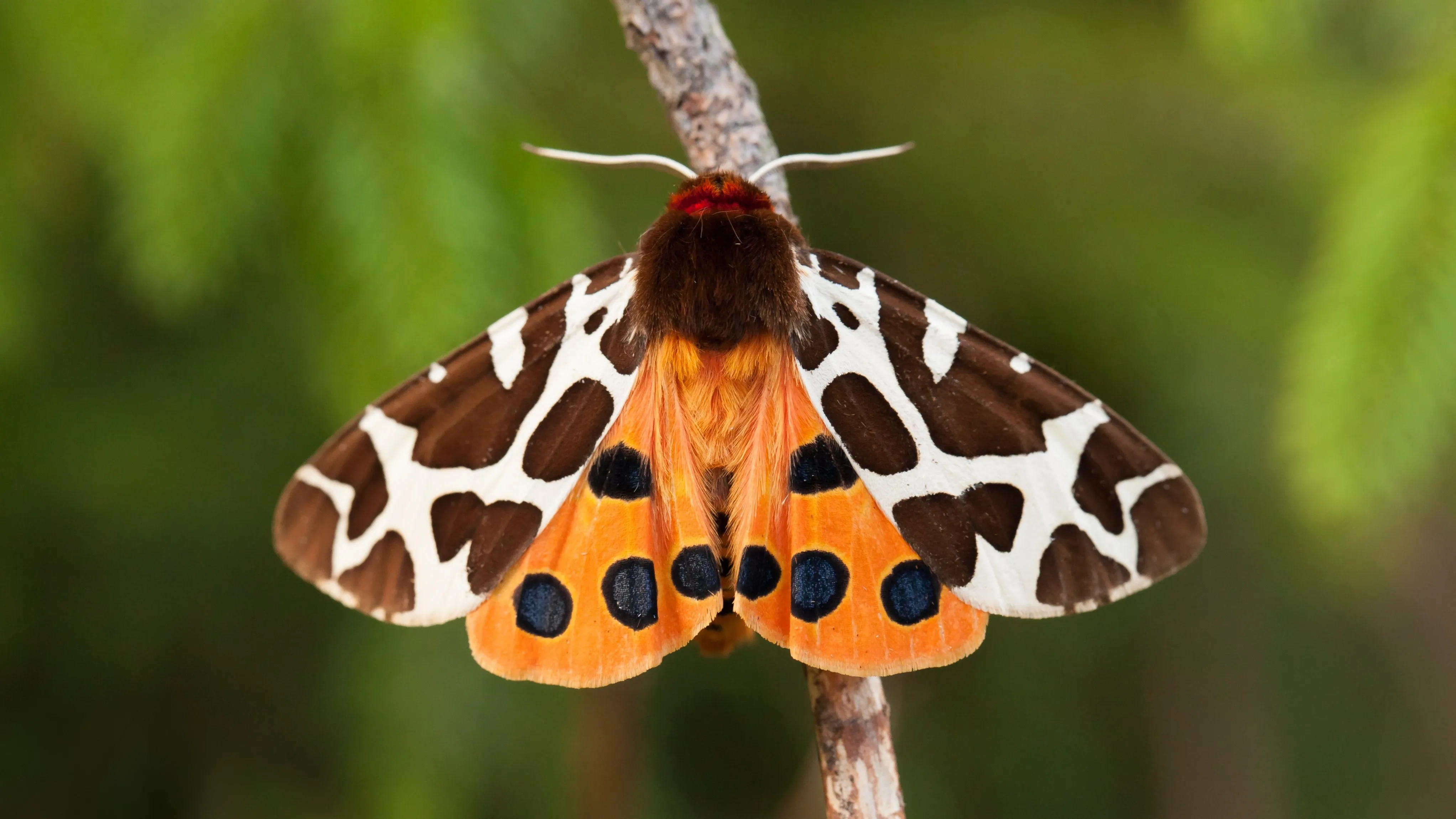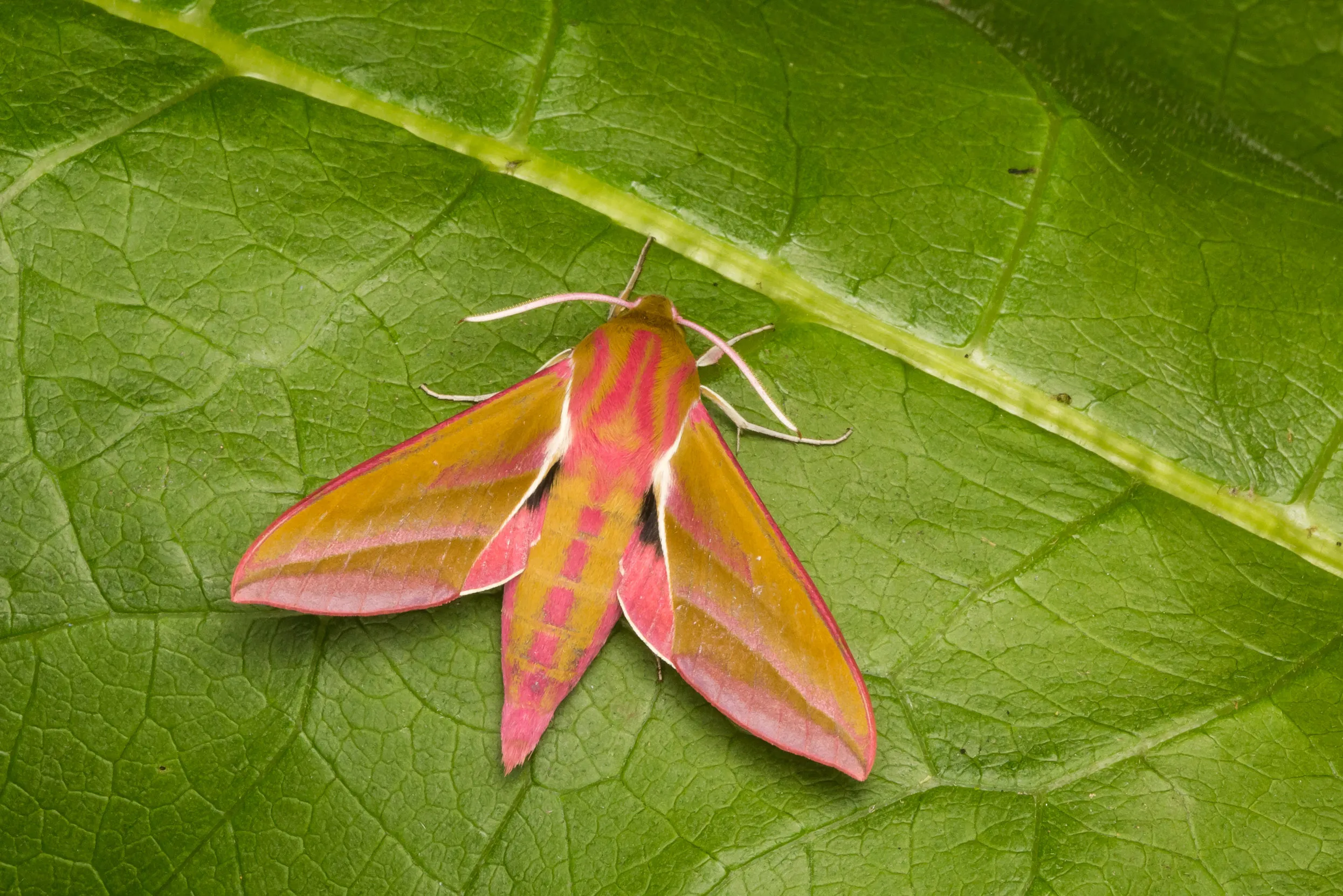Wildlife-friendly plants to grow for moths
Moths are marvellous. They have fascinating markings, can be incredibly colourful and are tasty treats for bats and garden birds.

This Helping Nature activity can be completed as part of Schools Wild Challenge.
Your group may only submit evidence for one of the planting activities: Plant trees and shrubs, Grow wildlife friendly flowers or Wildlife-friendly plants to grow for moths.
Instructions
Select a space
It can be in a border or in pots, you just need a spot where you have room to grow more.
If you have the space, you could grow a border filled with moth food, but you can also grow moth-friendly plants among your other flowers.

Plants for moths
So what do moths eat? Here are some suggestions of what to plant.
For night-flying moths in summer:
- Tobacco Plant (Nicotiana alata) – for the flower bed
- Jasmine – a climber to grow up a trellis
- Native Honeysuckle (Lonicera periclymenum) – a climber to grow up a trellis or into a tree
- Hemp-agrimony (Eupatorium cannabinum) – a perennial plant about 1m tall, with soft, lilac flowerheads that will form a bigger and bigger clump each year
- Sweet Rocket (Hesperis matronalis) – you can grow this flowering plant from seed each year
- Jasmine (Jasminum officinale) ‘Clotted cream’ – a highly scented plant to grow up a trellis
- Evening Primrose (Oenothera biennis) – bright yellow flowers will bring colour to your borders.
For night-flying moths in autumn:
- Ivy (Hedera helix) – make sure you let it get some sun and it will produce flowers that insects love
- Michaelmas Daisy (Aster novae-angliae) – purple daisy-like flowers for autumn colour
- Ice Plant (Sedum spectabile) – bright pink flowers provide an autumn buffet for moths and butterflies
Want a free wildlife-friendly gardening guide?
Our guide is full of ideas for welcoming nature into your outdoor space. Put a few of our tips into action and your garden will be buzzing with wildlife in no time.